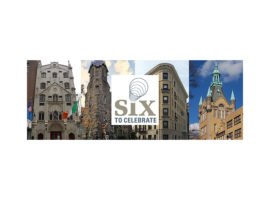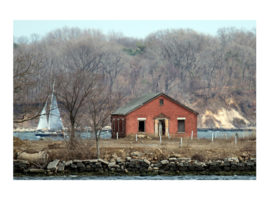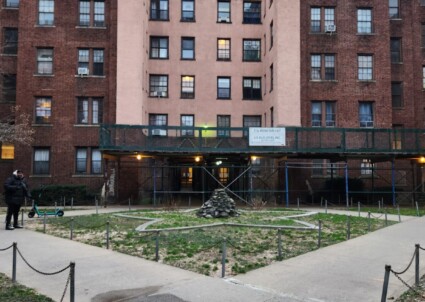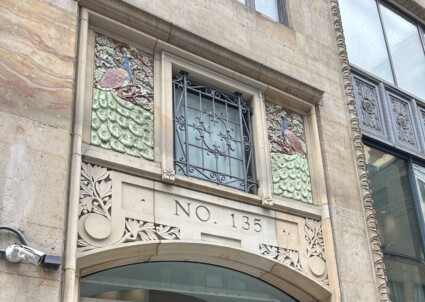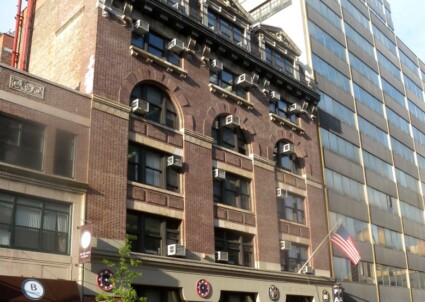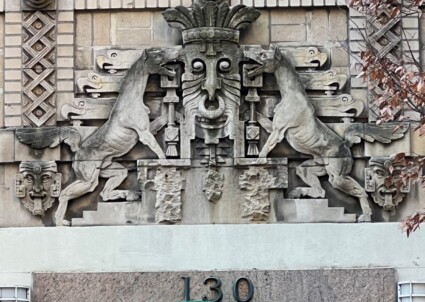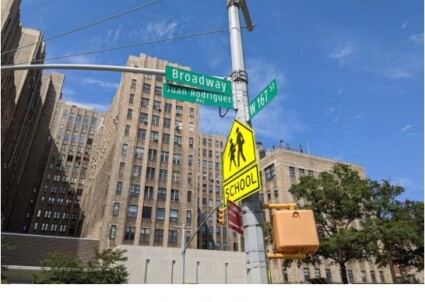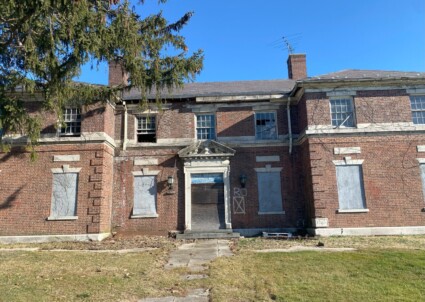Westchester Square, The Bronx
Although Westchester Square may now be subsumed within the sprawl of The Bronx’s residential and industrial neighborhoods, the community’s roots as the nucleus of a rural village can still be seen today in its layout. Westchester Square’s initial European settlement dates to the Dutch period, when the area was known as Oostdorp, or “East Village,” to denote its geographic relationship to New Amsterdam at the tip of Manhattan. By 1653, before the English formally seized the Dutch territory, settlers from the New Haven Colony had settled in New Netherland and named their community “Westchester.” In 1683, a few decades after the English takeover, the Province of New York created Westchester, one of the twelve original counties in the state, and identified the Village of Westchester as its seat. The center of regional government, Westchester Square soon became the home of the Parish of Saint Peter’s, one of the city’s oldest. Surrounding the village green, now Owen F. Dolen Park, Westchester grew into a small center of activity within the otherwise bucolic setting of The Bronx in the 18th Century.
Located near the boat landing at the head of Westchester Creek and along a long- established road, now known as Westchester Avenue, the village gained economic prominence as commercial activity grew. The geographically advantageous setting of the village took on tactical importance during the Revolutionary War. During the war, the community saw a skirmish at the bridging of the creek, rebel encampments on the village green, and the burial of soldiers in Saint Peter’s cemetery. In the following century, this district of The Bronx retained its rural character even as Westchester Square saw slow, but steady, growth. Estates and farmlands were slowly subdivided and sold off for development, such as the construction of the Van Schaick Free Reading Room in 1883, while the street grid that was platted out on maps began to take shape. This nascent residential neighborhood was characterized by relatively large single-family houses, many of which still survive today. Westchester Village served as the center of government for the Town of Westchester until 1895, when the town was annexed into New York City.
Like other communities in the expanded New York City, Westchester Square was dramatically transformed with the introduction of subway service in 1920. The Interborough Rapid Transit Company’s Pelham Line began in the South Bronx and ran above Westchester Avenue as an elevated line. Now the 6 Train, it included a stop on East Tremont Avenue which left the old village green and Saint Peter’s Church in its shadow. The accompanying speculative development turned Westchester Square into a dense neighborhood of one- and two-family homes complemented by corridors of shopping and commercial activity. The demographic character of the neighborhood changed as well, with upwardly mobile Irish and Italian immigrants following the newly constructed housing. Westchester Square still hosts an immigrant community, now largely comprised of Latin Americans and South Asians, and boasts a built environment with remarkable reminders of the community’s varying stages of development.

